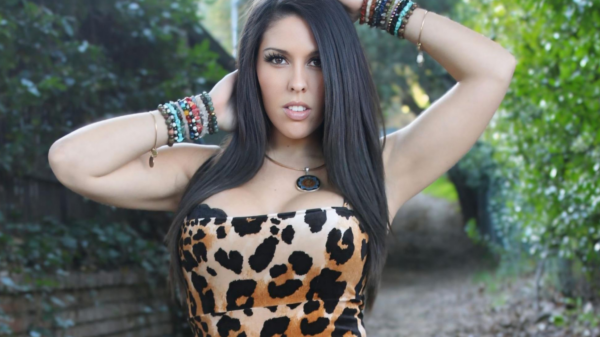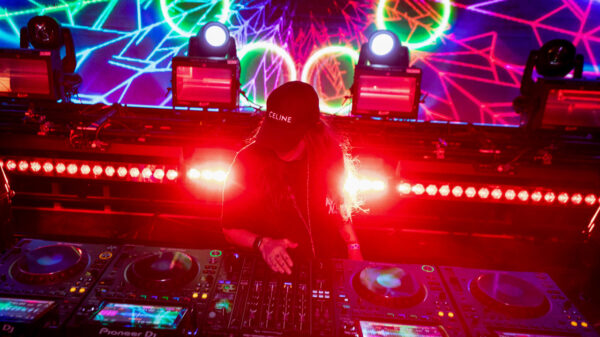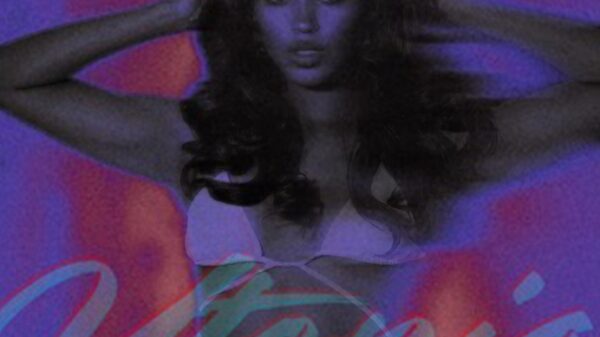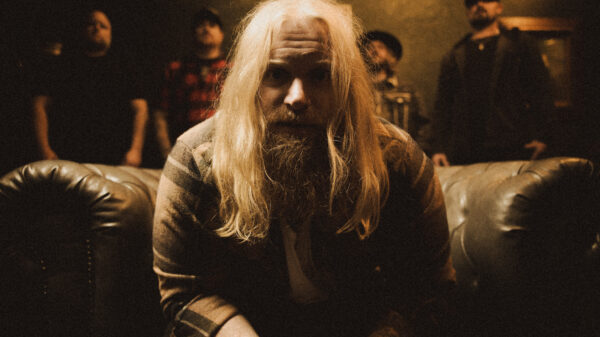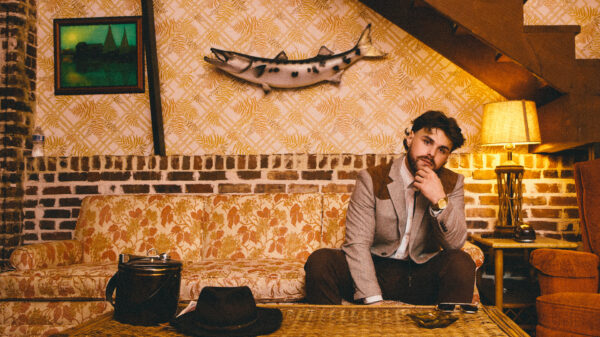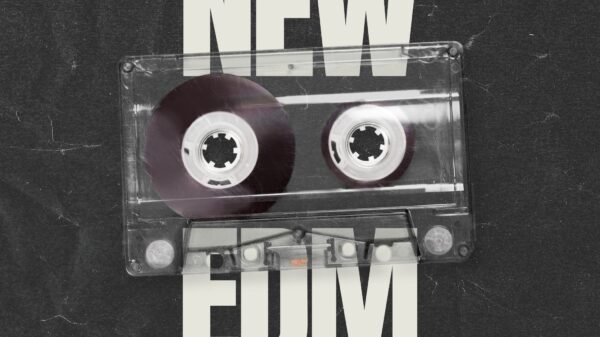On a drizzly Thursday night in Chicago, the Metro was packed full of fans who stood shoulder to shoulder. I moved through the crowd from the back, slipping by unnoticed through a sea of faces totally fixated on the unlit stage. On it sat a drum set, a sparse arrangement of keyboards, samplers, and a guitar – a set for a three-piece band.
James Blake’s music exists in a rarefied space, teetering between seemingly disparate genres; he’s a singer-songwriter, garage DJ, blue-eyed soul singer, pop-minded producer, jazz pianist and a sonic landscape artist. Though a listen to either of his full lengths prove that the cut and paste approach to describing his sound is just that – as an artist, he owns his sound. James Blake sounds like James Blake.
The night’s performance in Chicago was in support of his second full length album, Overgrown, which was released in early April via Polydor and Republic Records to positive reviews and international success. The album sees Blake continue to evolve as a song writer. One of his most notable talents is his ability to create, build and release tension in novel and engaging ways. Overgrown’s title track, for example, starts with a slow, swinging rhythm and a piano line which peeks out briefly only to vanish beneath a layer of thumping bass drum and hi-hats. Blake carefully reveals more of the backing melody, coloring the song with subtly dark hues, and allowing layers to build not just memorable hooks, but an idea that feels like a hazy memory. As the song ends, one feels as if they’ve managed to rebuild a melody heard in a dream.
The show at the Metro had sold out quickly. Blake and his band could have played at a larger venue, but I’m glad they didn’t – even at maximum capacity, the Metro makes for an intimate setting, and the sound is always top-notch . His dance-centric EPs and Harmonimix tracks are easily identifiable in a club; floor shaking bass, whirled-out synths, and soulful choices of samples are always satisfying and can move a crowd. Still, I had no idea how his live performance would approach the significantly more personal and downplayed material of Overgrown.
James Blake and his backing band took the stage to screams fit for a pop star. The set started with a steady beat and screwed vocal loop as the band launched into an extended version of “Air & Lack Thereof”, a track from his 2009 debut of the same name. The floor leapt when the bass hit. Strobes flashed as the drummer moved in a flurry, alternating between tapping out samples on a pad and riding the hi-hat. Blake played the first few bars of the song on his Synth and the crowd began to twist and nod to the beat of the track. He followed his lesser known opener with the familiar “I Never Learnt to Share”. Faces throughout crowd beamed at the first utterance of the verse. When Blake’s voice rose to hit high notes, the air was full of yelps and whistles.
The performance managed to hold a balance between songs that played to Blake’s soulful tendencies and those tracks that thrive on warbled samples, off-kilter rhythms and floor-wobbling bass. “Digital Lion” saw the crowd burst into Dance as the song hit its stride and “Lindisfarne”, a soft, auto-tuned ballad named for a speck of an island off England’s coast was followed by “CMYK”, a pouring and wild track. As absurd as it sounds, the crowd sang along to the vocal sample in “CMYK”, solidifying the notion that Blake’s songs connect with people in a way that most electronic music does not. While not every piece can build and drop like a wubbing dub track (nor does it need to), there is something sentimental and charming in his songs, lyrics, and even live arrangements. As a writer and performer, Blake pulls off something rare: he can turn audio texture, a dance track or skittering rhythm in into a composition that is memorable and emotional.

